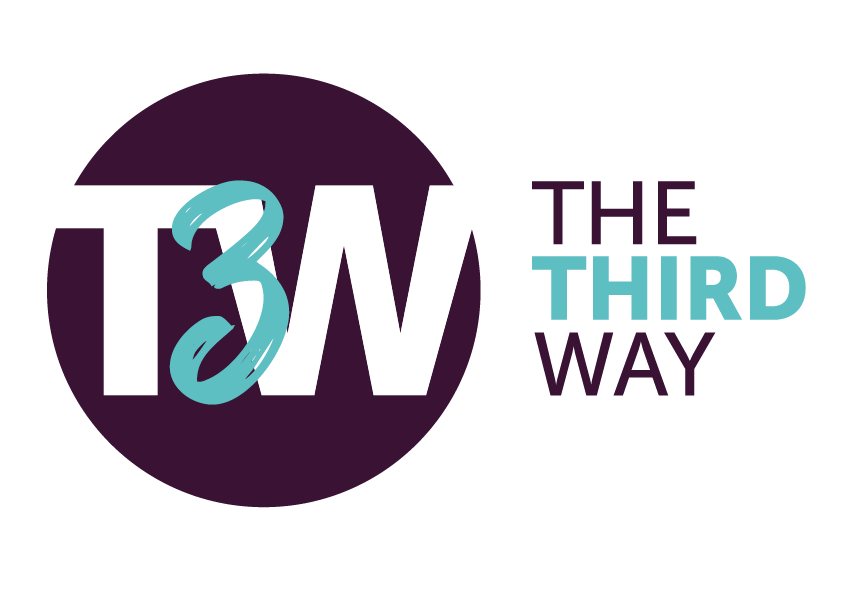What and When Do We Check Project Progress?
The management of a project requires supervision and monitoring – monitoring includes review against a range of measurable achievements, such as progress against the timeline, the controlled use of resources, and the budget. Finally, formalising the identified factors and presenting the required documents such as progress reports and/ or final reports, preparing schedules and charts.
Monitoring, evaluating, and reporting the progress to the stakeholders is also important along with maintaining the quality standards of a project. Monitoring and managing the results are essential to ensure they are in line with the defined ‘actuals’ and conditionalties. Finally, analysing the results and communicating to the relevant stakeholders closes a project.
The monitoring process can also include checking the achievement of milestones or Indicators of Achievement. These, once identified can be added to the Gantt chart, the PERT charts, or Critical Path Diagram or monitored using RAG Analysis.
- Checking is continuous and iterative, not a single point in time.
- Highlighting problems early leads to less costly fixes and prevents project slippage.
- Do not wait for milestone events or project meetings to report faults, failures or deviations from schedule.
- Record negative issues on an issues log.

- Take guidance from risk assessments, stakeholder interests and power, the schedule of tasks and from task holders.
- Become a goal oriented project team member and not blame cultured, thus focus on the solutions not the problems or faults.
- At team meetings use a SWOT analysis representing the current situation.
The checking or studying part of a project is an iterative process that includes measuring progress and performance at task, activity and project levels and includes reporting of achievements.
The desired output of this stage is therefore checking that the schedule of tasks and the activities are on time, to the right quality and right cost level to the satisfaction of relevant stakeholders. For instance, a task may be carried out to the satisfaction of the project team members but the end user may not be entirely satisfied and therefore the earlier you know about this potential problem, the less cost it will be to rectify and the sooner it can be fixed.
We have already mentioned milestones and checkpoints are there to celebrate achievement and check progress. If progress is being stalled then interventions can take place to get the project back on track, so milestone events and checkpoints are essential along the way to achieving your project goal.
Record any observed issues in your issue log so that this can be discussed with the project team. If results are positive, the project can continue in the same way. If results are not positive however, consult the project manager or sponsor about potential corrective action. This is an iterative process that should continue until you have achieved full implementation of the project and achieved the project goal.

